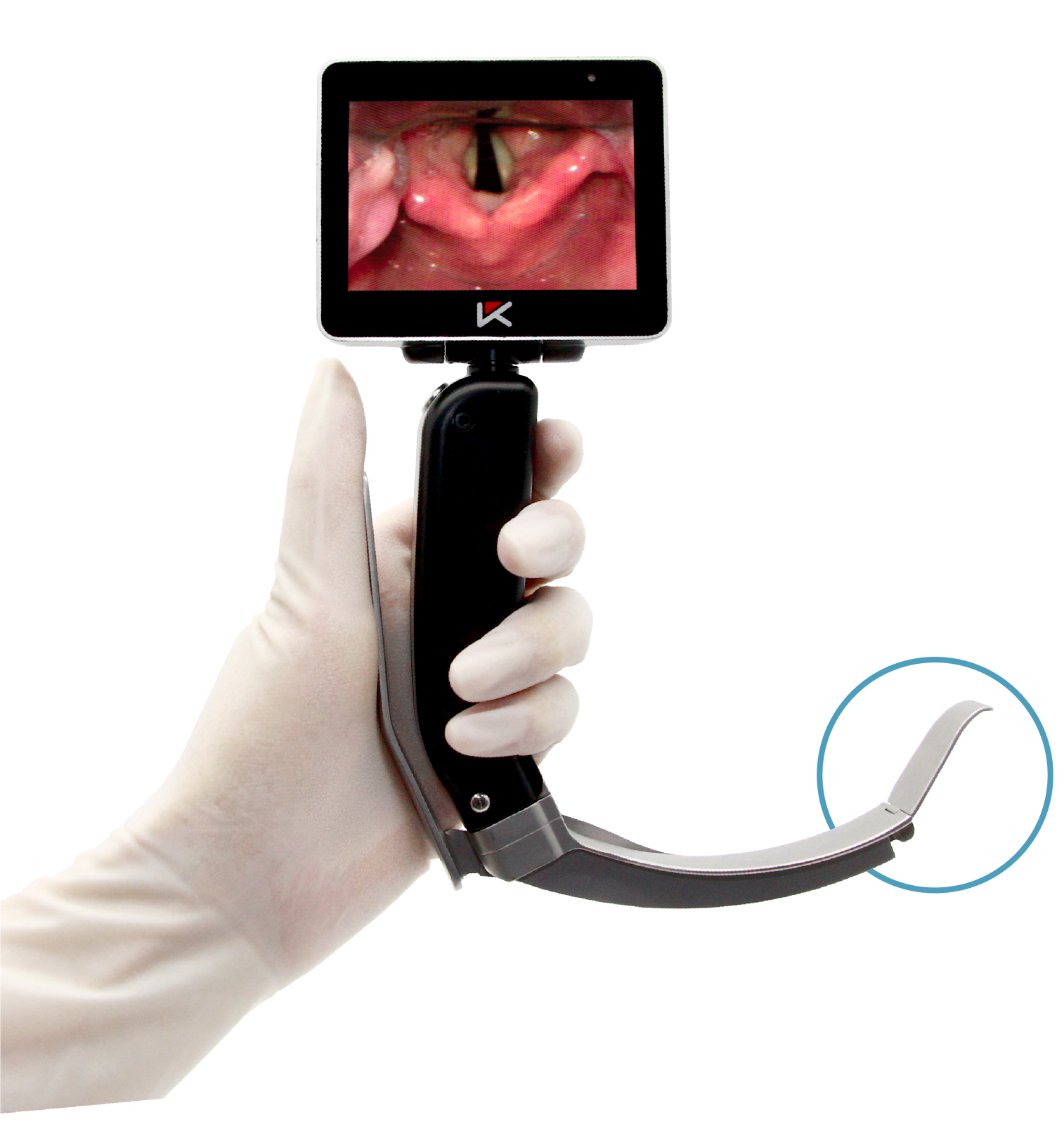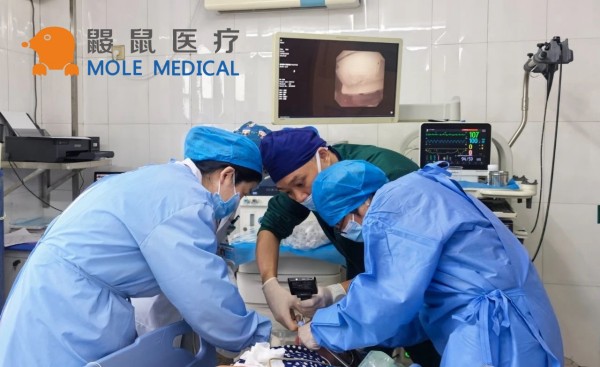From blind inspection to direct vision: progress in the application of video laryngoscopy in airway management
Mar 29, 2024
Video laryngoscope, as a new type of tracheal intubation equipment, its biggest feature is that it can provide indirect vision of the upper respiratory tract. Through the built-in camera and recording device, doctors can clearly observe the patient’s laryngeal structure, including vocal cords, epiglottis, etc., so as to accurately judge the patency of the airway and the size of the throat cavity. This provides an important basis for doctors to formulate appropriate airway management plans.
Compared with traditional direct laryngoscopy, video laryngoscopy has shown significant advantages in difficult airway management. Video laryngoscope performs better in improving the Cormack-Lehane classification of glottis exposure, which means that doctors can see the patient’s laryngeal structure more clearly, thereby reducing the difficulty of intubation. In addition, video laryngoscope can also achieve the same or higher success rate of tracheal intubation in a shorter period of time, greatly improving the efficiency of airway management.
However, despite its many advantages in airway management, videolaryngoscopy is not entirely without disadvantages. For example, when using a video laryngoscope for endotracheal intubation, there are sometimes failures to insert and advance the endotracheal tube. This may have to do with the physician’s proficiency with the device, the patient’s specific condition, and the performance of the device itself. Therefore, when doctors use video laryngoscopes, they need to fully understand its characteristics and operating techniques to ensure that it can achieve maximum effectiveness.
Another significant advantage of video laryngoscopy is its ability to provide the physician with real-time feedback on the intubation process. In traditional laryngoscope intubation, doctors mainly rely on their own experience and feel to perform the operation, which often limits the success rate of intubation. The video laryngoscope can display the progress of intubation in real time, allowing doctors to adjust the position and direction of intubation in a timely manner, thereby improving the success rate of intubation and reducing the risk of airway damage.
In addition, the design of video laryngoscopes is often similar to that of traditional direct laryngoscopes, allowing physicians who are already proficient in direct laryngoscopy to successfully use video laryngoscopes without the need for special training. This easy-to-use feature makes video laryngoscopes widely used in airway management and provides doctors with more choices.
Currently, there are a variety of video laryngoscopes on the market with different specifications, user interfaces, and geometries. These devices have their own characteristics in terms of performance and function. Doctors can choose the most suitable video laryngoscope based on the patient’s specific conditions and their own operating habits. At the same time, with the continuous development of technology, we can foresee that future video laryngoscopes will be more intelligent and user-friendly, bringing more convenience and possibilities to airway management.
Categories
Latest Articles

Disposable Nephroscopes: Redefining Safety & Efficiency in Urology
Introduction The shift towards minimally invasive urological surgery has found a pivotal ally: the disposable nephroscope. As traditional reusable scopes grapple with persistent biofilm contamination risks and soaring sterilization costs, the global medical community is rapidly adopting single-use solutions. This article analyzes the clinical value, technological evolution, and dynamic innovation landscape driving this transformative shift. ... Read more

Disposable Video Laryngoscope Blades: The Ultimate Solution for Preventing Cross-Contamination
In the operating room, as the cold light of a video laryngoscope illuminates a patient’s airway, an age-old medical challenge is being redefined: How can life-saving instruments avoid becoming vectors of infection? Jiangsu MoleMedical drives an innovative safety revolution—replacing reusable devices with single-use, sterile laryngoscope blades that create a pure barrier for critical airways. Traditional video ... Read more
-2.jpg)
FDA & CE Approved Video Laryngoscope: What Makes It Stand Out?
Introduction In high-pressure emergencies and precision-driven operating rooms, video laryngoscopy is revolutionizing airway management. Mole Medical’s FDA and CE-certified technology replaces tactile-dependent “blind intubation” with real-time visual navigation – enhancing safety, accuracy, and clinical outcomes worldwide. Why Certification Matters Mole Medical’s dual certifications validate its global compliance and performance: FDA Clearance: Rigorous validation of safety/efficacy ... Read more

Mole Medical Showcases Advanced Endoscopy Solutions at CMEF Autumn 2025, Driving Global Partnerships
Guangzhou, China – September 26-29, 2025 – The 92nd China International Medical Equipment Fair (CMEF Autumn) concluded successfully on September 29th at the Canton Fair Complex in Guangzhou. Mole Medical Technology Co., Ltd. (Mole Medical) made a significant impact at the event, drawing global medical professionals and partners to its booth (Hall 2.1, Stand Q24) ... Read more

How to Use Disposable Ureteroscopes Safely and Efficiently
In the field of urology, the application of disposable electronic ureteral-kidney pelvis endoscopy catheters is leading the technological innovation in minimally invasive surgeries. According to the 2024 multi-center research data from China’s urology department, among the over 5,000 surgeries included, the patient group using disposable catheters performed significantly better in key indicators such as operation ... Read more



